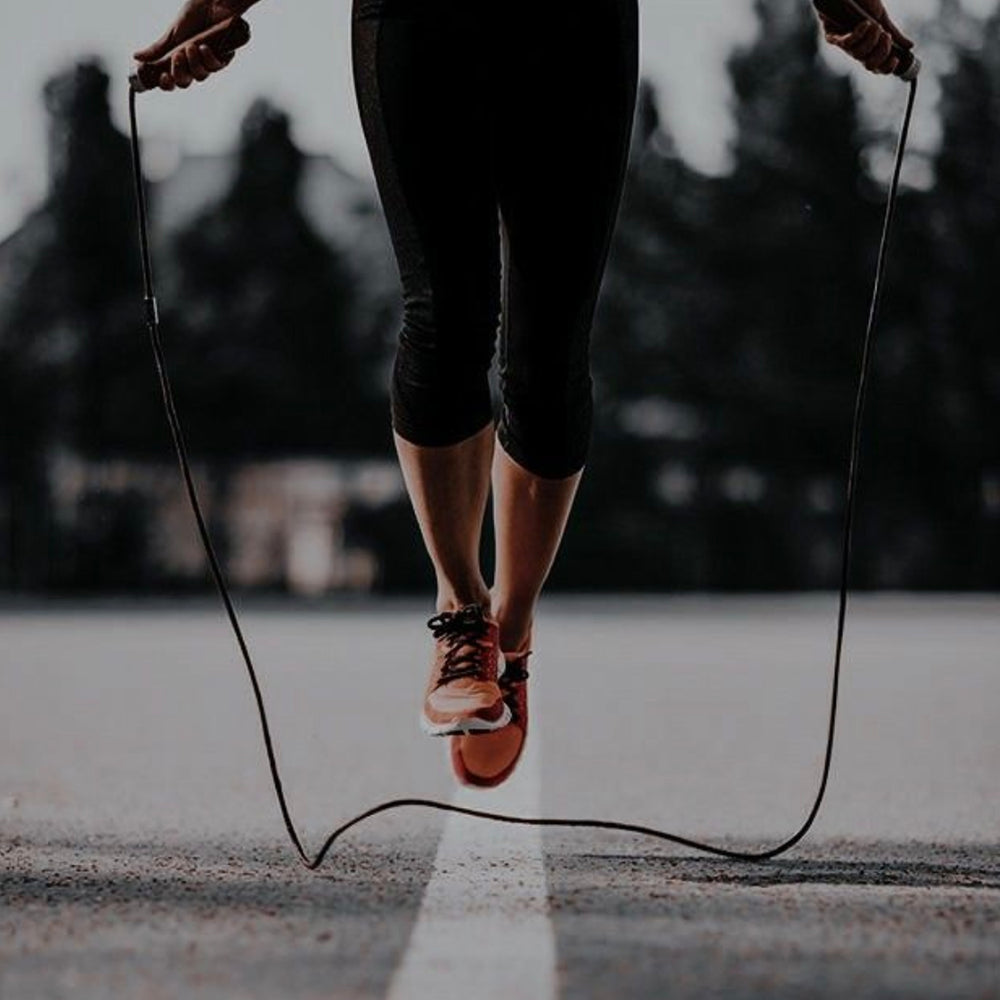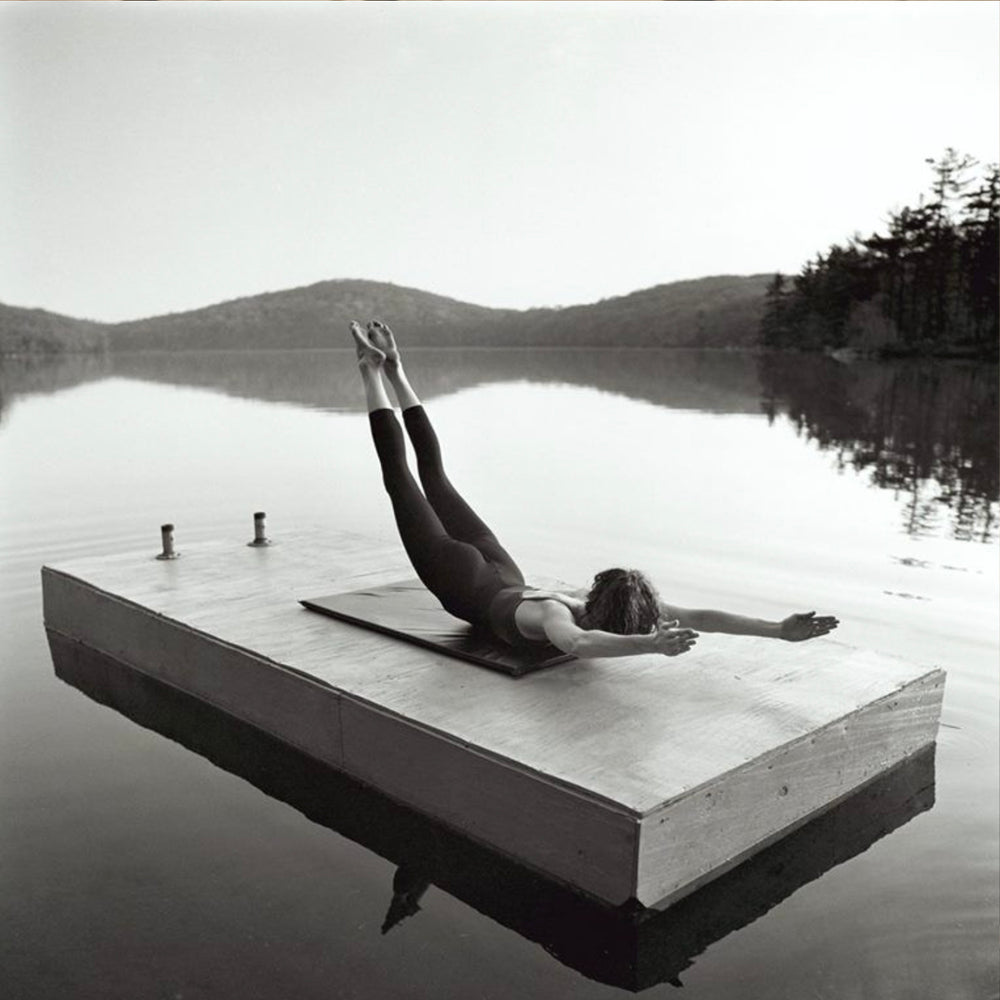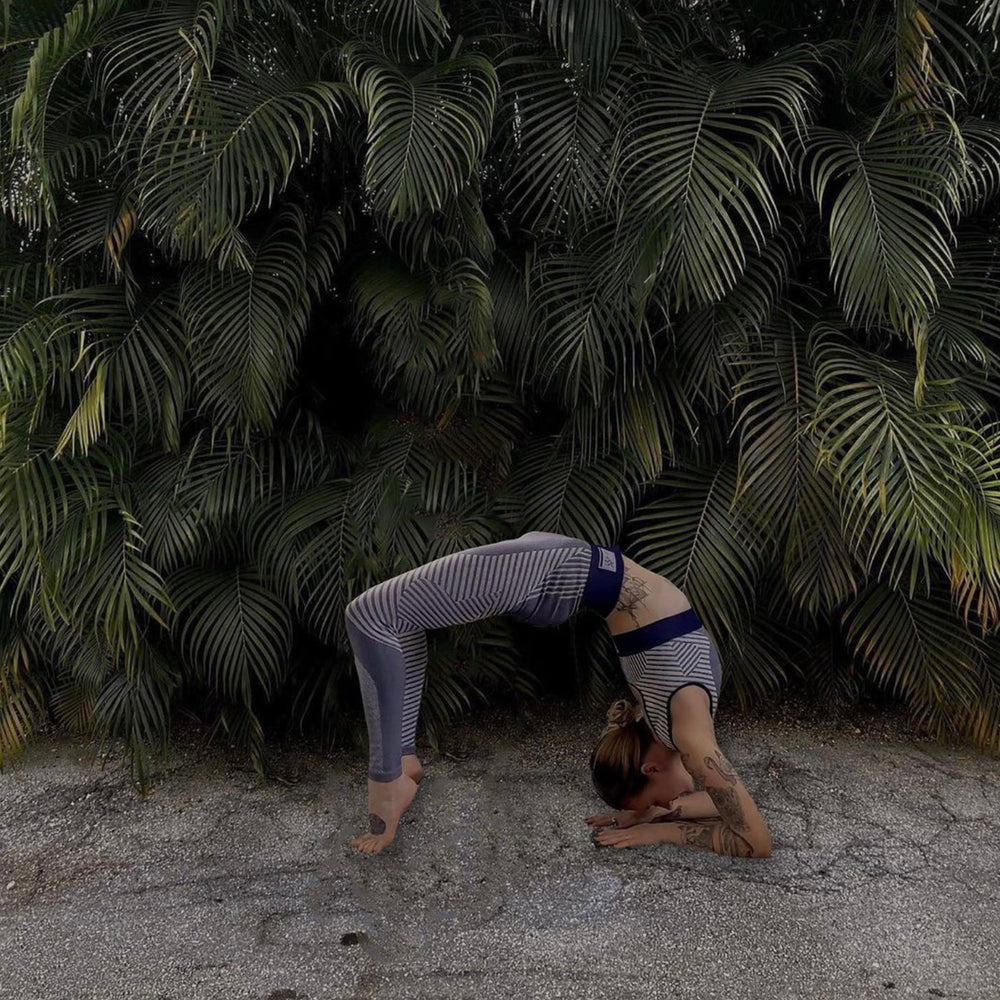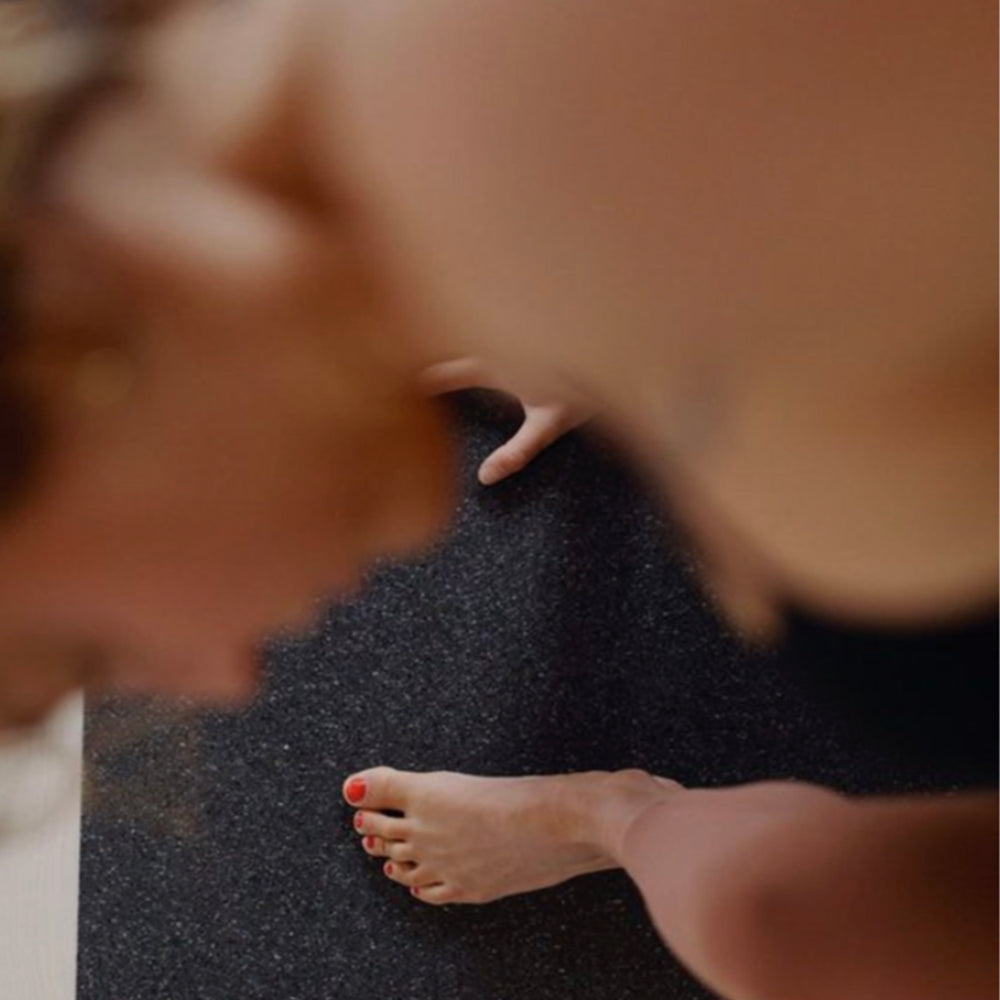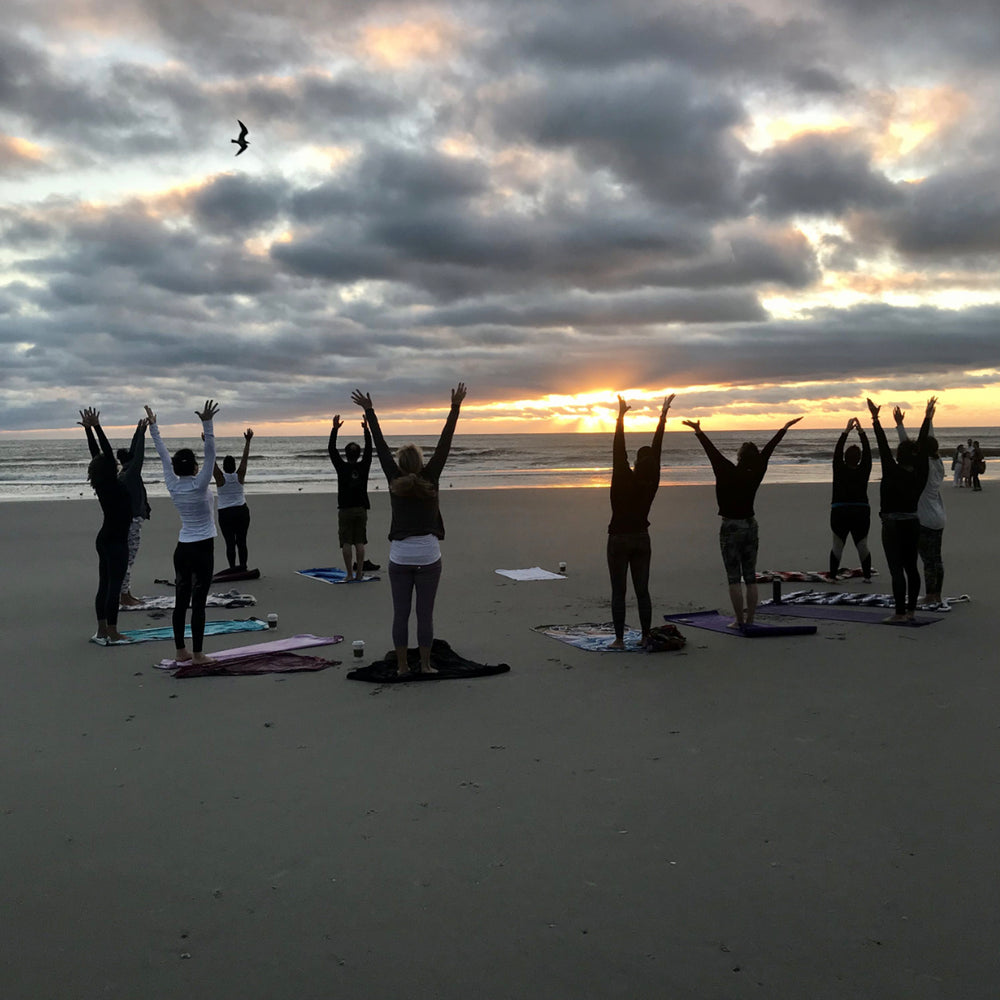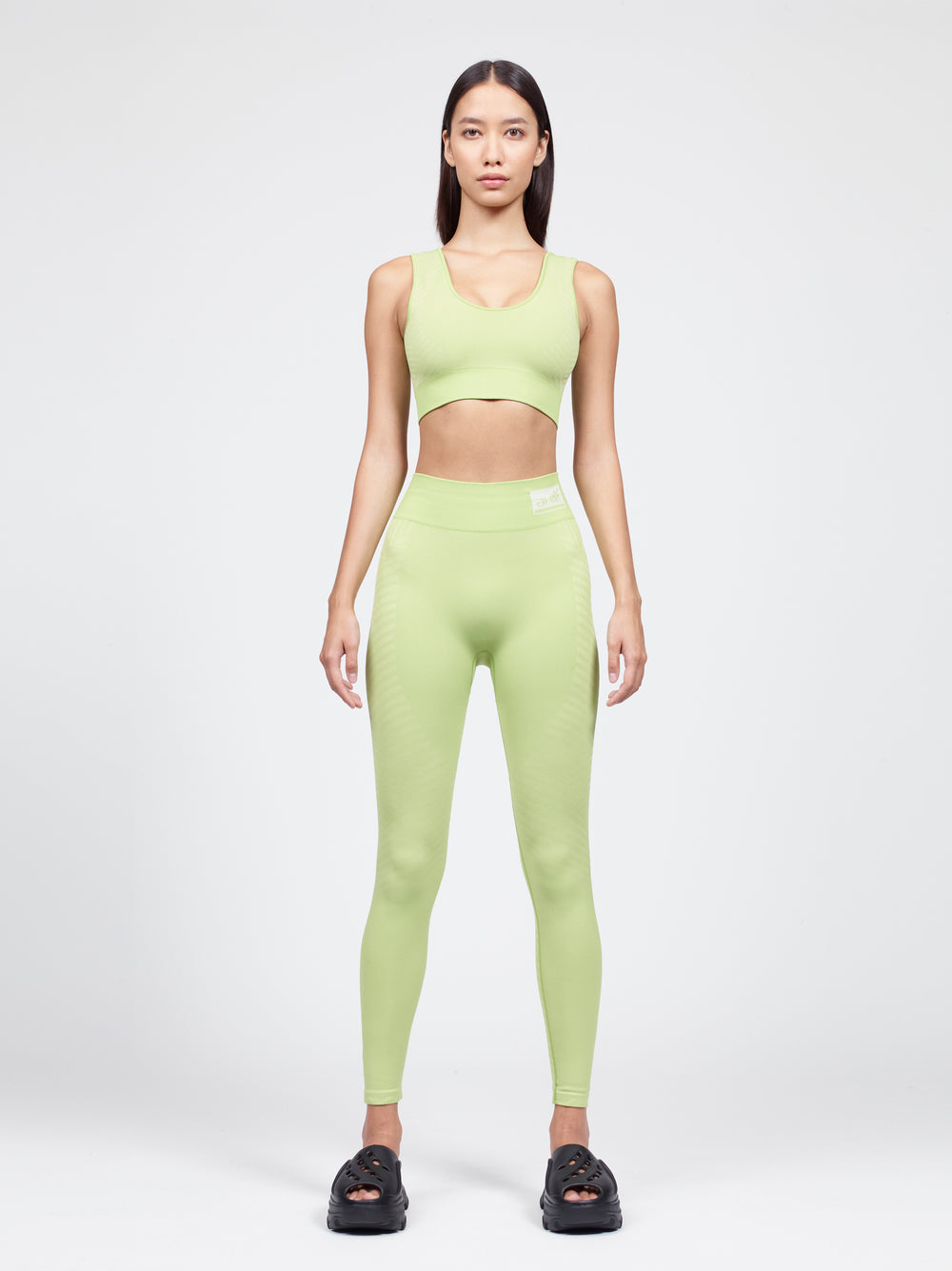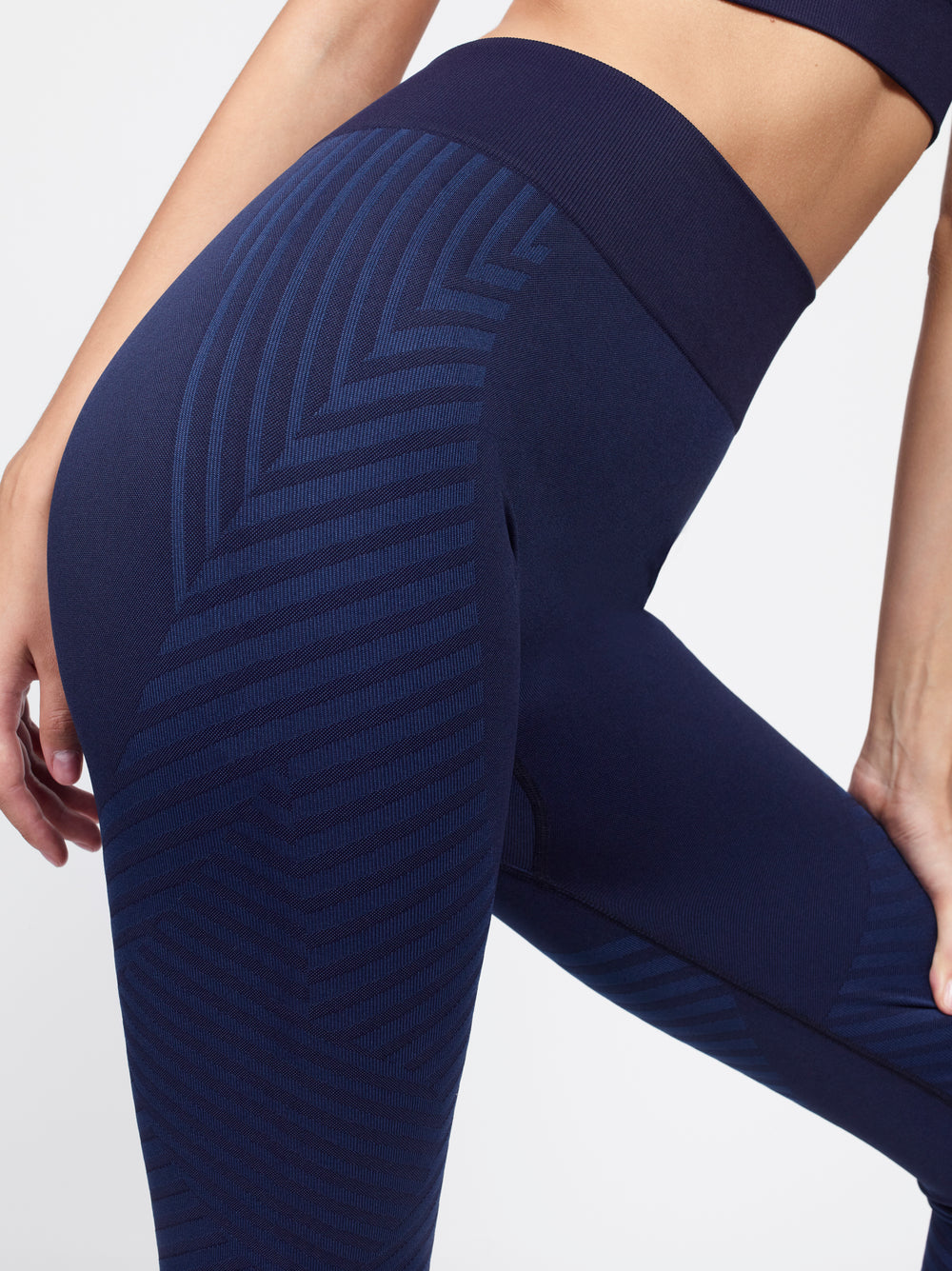 
Understanding Flexibility Flow Flexibility Flow in yoga is a sequence of postures that are specifically designed to enhance muscular elasticity and joint mobility. Unlike static stretching, this flow integrates movement with breath, creating a dynamic practice that not only improves flexibility but also builds strength and balance. Benefits of Flexibility Flow Improves Mobility: Regular practice increases range of motion in joints and lengthens muscles. Reduces Risk of Injury: Enhanced flexibility contributes to injury prevention, particularly in sports and physical activities. Alleviates Muscle Tension: Helps in releasing tension and tightness, particularly in areas like the hips, shoulders, and back. Promotes Circulation: Improves blood flow to muscles and joints, aiding in recovery and overall health. Boosts Mental Health: The meditative aspect of flow sequences can reduce stress and promote mental clarity. Key Elements of Flexibility Flow Gradual Warm-Up Importance: A proper warm-up increases blood flow and prepares the muscles and joints for deeper stretches. Examples: Gentle movements like arm circles, hip rotations, and cat-cow stretches. Integration of Breath and Movement Technique: Synchronizing breath with movement (inhaling to extend, exhaling to deepen the stretch) enhances the effectiveness of the practice. Benefits: This synchronization promotes relaxation and helps in achieving a deeper stretch. Balanced Posture Sequence Approach: Incorporate a mix of standing, seated, and lying poses to work on different muscle groups. Examples: Forward folds, lunges, and twists. Use of Props Tools: Blocks, straps, and bolsters can provide support, aid alignment, and deepen stretches. Application: For instance, a strap can help in reaching the feet in a seated forward bend. Developing a Flexibility Flow Routine Starting Simple Beginner Poses: Start with basic poses like Downward-Facing Dog, Pigeon Pose, and Seated Forward Bend. Progression: Gradually introduce more challenging poses like splits (Hanumanasana) or King Pigeon Pose (Raja Kapotasana) as flexibility improves. Focus on Tight Areas Individual Needs: Tailor your practice to target areas of personal tightness, such as hamstrings, hip flexors, or shoulders. Balanced Practice: Ensure to work on the entire body to maintain overall balance and flexibility. Regular Practice Consistency: Aim for a regular practice, ideally daily, to see significant improvements. Duration: Even a short 15-20 minute session can be beneficial if done consistently. Sample Flexibility Flow Sequence 1. Mountain Pose (Tadasana) – Grounding and centering. 2. Sun Salutations (Surya Namaskar) – A series of poses to warm up the body. 3.Standing Forward Fold (Uttanasana) – Stretches the hamstrings and spine. 4. Low Lunge (Anjaneyasana) – Opens the hip flexors and front of the thigh. 5. Pigeon Pose (Eka Pada Rajakapotasana) – Deep hip opener. 6. Seated Forward Bend (Paschimottanasana) – Stretches the back and hamstrings. 7. Butterfly Pose (Baddha Konasana) – Opens the hips and inner thighs. 8. Supine Spinal Twist (Supta Matsyendrasana) – Releases the spine and relaxes the body. 9. Happy Baby Pose (Ananda Balasana) – Gently stretches the inner groins and spine. 10. Corpse Pose (Savasana) – For relaxation and integration. Tips for Enhancing Flexibility 1. Listen to Your Body: Never force a pose; respect your body’s limits. 2. Stay Patient and Persistent: Flexibility takes time to develop. 3. Incorporate Strength Training: Building strength in muscles helps support and deepen stretches. 4. Stay Hydrated: Proper hydration helps maintain muscle elasticity. 5. Mindful Breathing: Deep, mindful breathing can enhance the stretching experience. Common Mistakes to Avoid - Overstretching: Avoid pushing yourself to the point of pain. - Neglecting Warm-Up: Jumping into deep stretches without a proper warm-up can lead to injuries. - Holding Breath: Breath holding creates tension; maintain steady, even breaths. - Imbalance: Focus on stretching both sides of the body equally to maintain balance. Incorporating Flexibility Flow into Daily Life 1. Morning Routine: Start your day with a short flexibility flow to awaken and energize your body. 2. Desk Breaks: Incorporate mini-stretching sessions throughout the day, especially if you have a sedentary job. 3. Evening Wind-Down: Practice a gentle flow in the evening to relax and alleviate muscle stiffness. Flexibility Flow is a dynamic and holistic approach to improving flexibility, offering physical and mental benefits. By incorporating these practices into your routine, you can enjoy greater mobility, reduced stress, and an overall sense of well-being. Remember, the journey to increased flexibility is a gradual process that requires patience, dedication, and self-awareness. Embrace where you are in your practice, and allow your Flexibility Flow to evolve naturally, reflecting your body’s needs and capabilities. |



